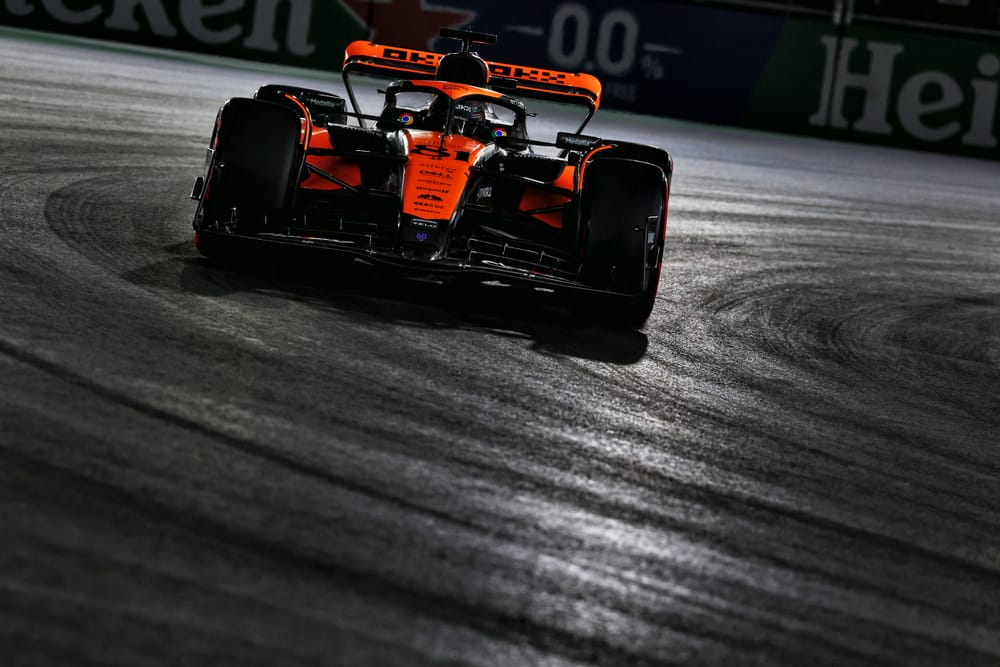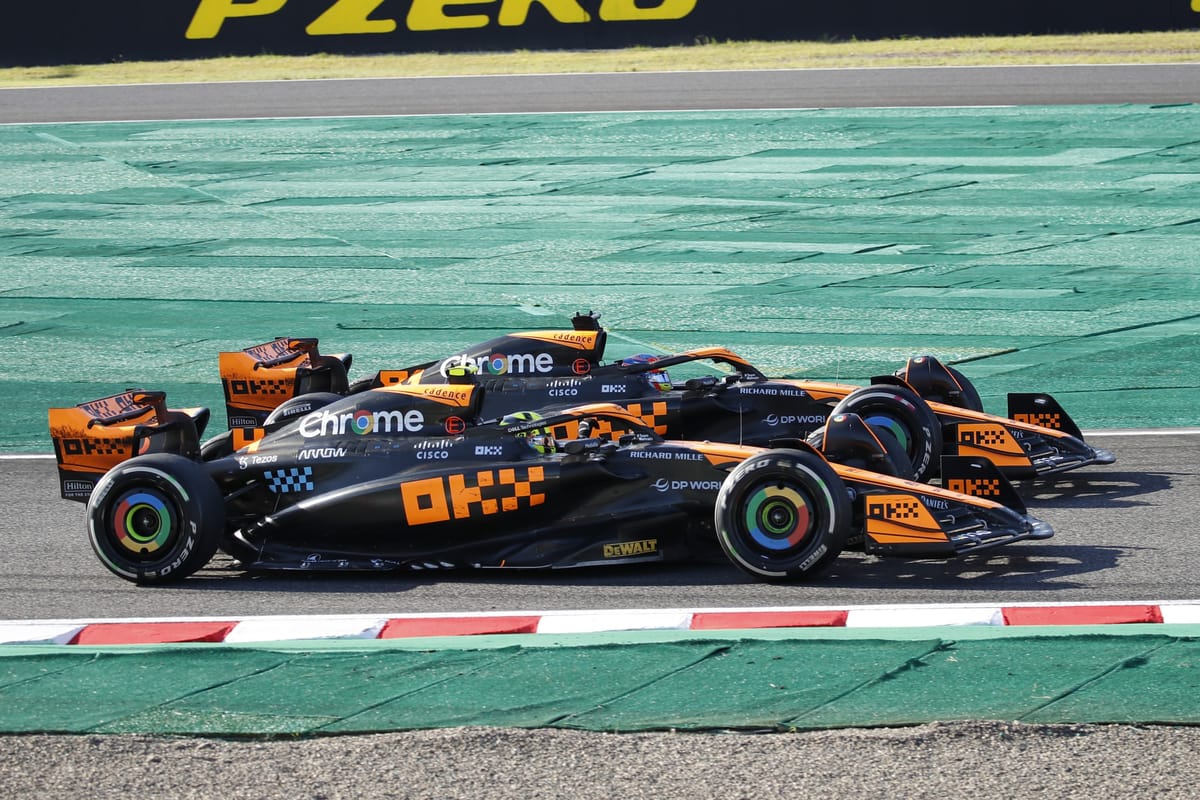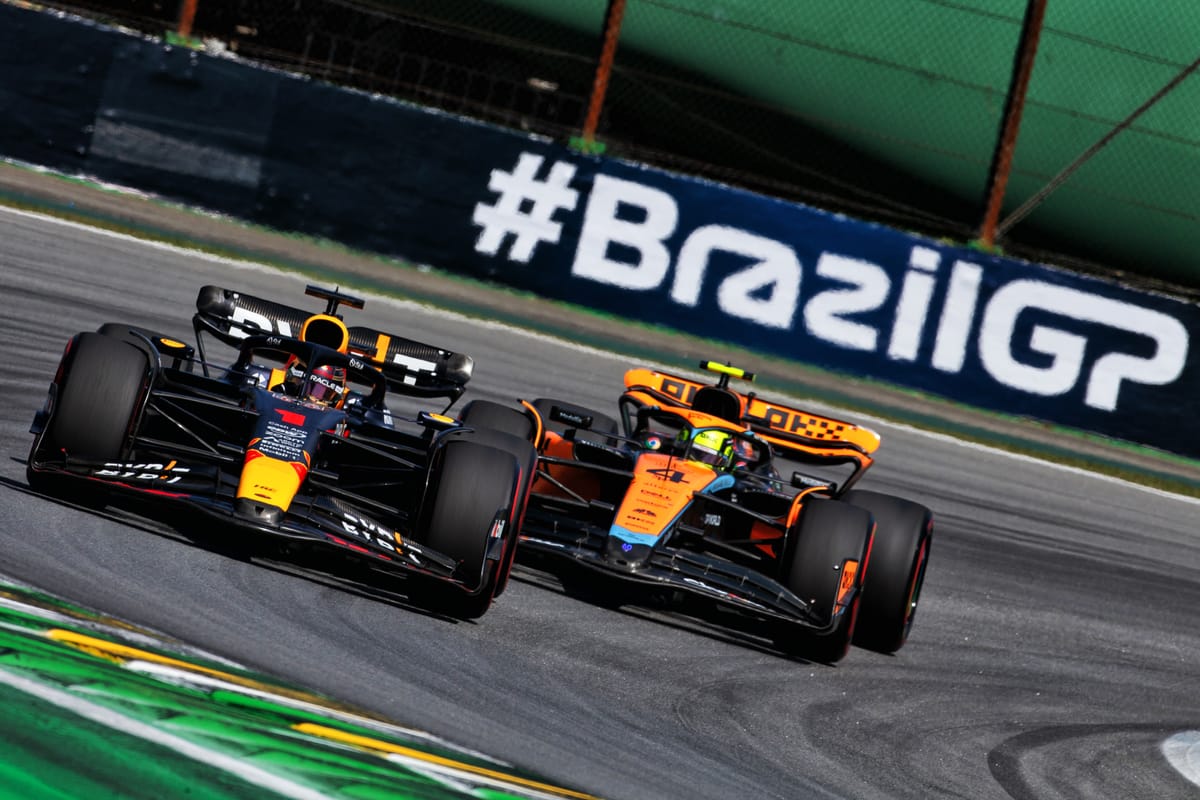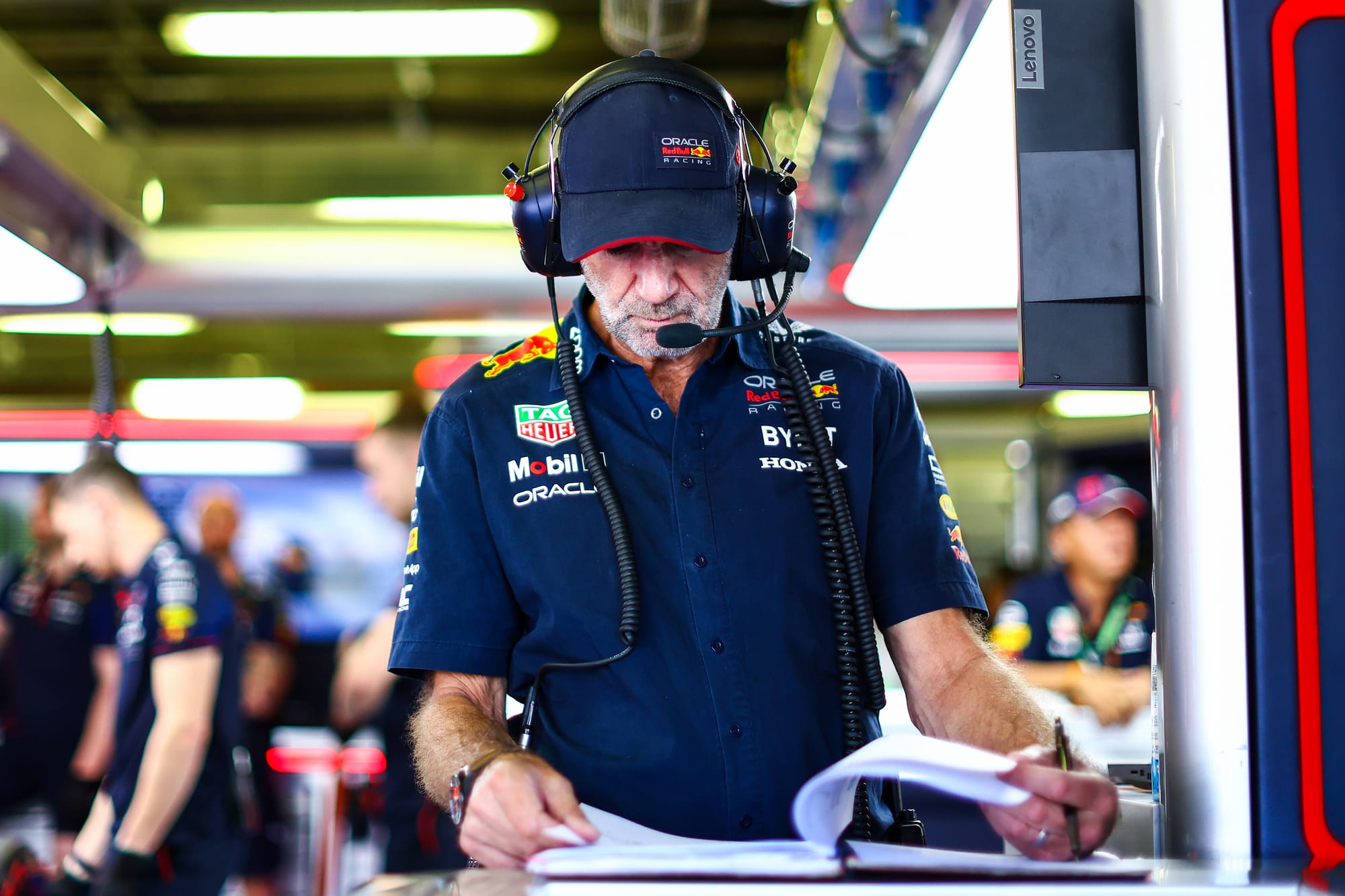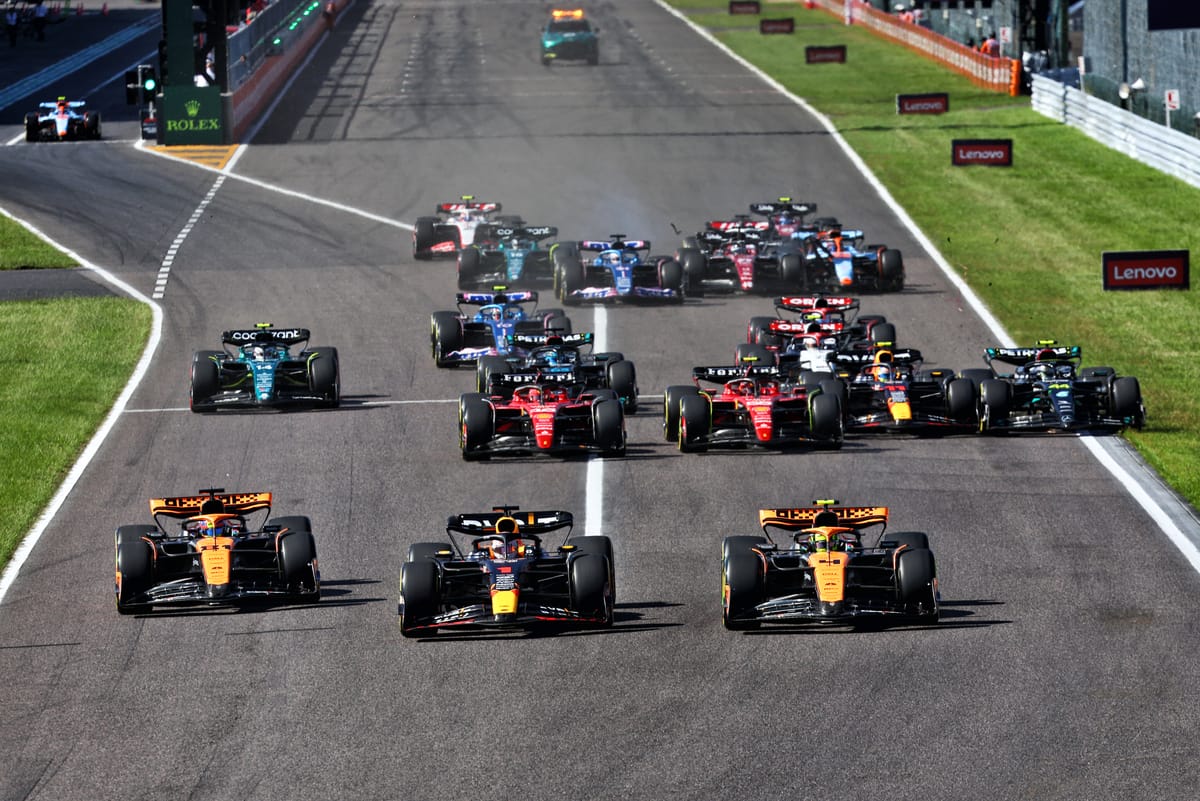Up Next

McLaren made astonishing Formula 1 progress last year, but it’s only in 2024 that its technical leadership is fully in place with the arrival of Rob Marshall, from Red Bull, and David Sanchez, from Ferrari.
Given its success with its two big-name recruits yet to arrive, what does that say for the team’s potential once in place?

Together with Peter Prodromou, who has been with McLaren since 2014 after returning from Red Bull, the trio are effectively the old-school technical director split into three.
Each has the TD title, followed by a descriptor of their brief; for Marshall, that’s ‘engineering and design’, for Sanchez, ‘car concept and performance’ and Prodromou, simply ‘aerodynamics’.
McLaren fans, join me in welcoming David Sanchez and Rob Marshall to our already experienced and talented Technical Leadership Team. Mega! Let’s get to work! 👊 pic.twitter.com/ggfUAEXG7q
— Zak Brown (@ZBrownCEO) January 10, 2024
It’s the vision of Andrea Stella, who made a big impression in his first campaign as McLaren team principal last year.
While critics will raise the spectre of the dreaded ‘matrix management system’ imported from the aerospace industry by McLaren two decades ago to create a flatter structure and ensure no one individual (Adrian Newey-style) could hold too much power, Stella’s vision is compelling.
What’s more, it reflects the fact that, as F1 teams have grown, having a single technical director is arguably now outdated given the scale of the job.
That’s what McLaren had previously, with James Key (now at Stake) as technical director under Andreas Seidl’s leadership. Seidl favours the more traditional structure, but Stella believes the complexity of a modern F1 team requires a more expansive leadership structure.
“Before you think about organisational charts, we want to have a functional vision of the team,” Stella tells The Race.
“The core functions are the technical side, where you design the car, the production side, where you produce it, then the racing function where you take the car to the race.
“But the support functions are important. Finance is now totally integrated. You need finance to be almost embedded in technical because they need to stay on the same timeline.
“Support functions need to stay with you because the options you consider in technical or production or racing need to take into account the financial implications at the start of conception.
“Culture is set by example, is set by conversation, by stating to the workforce your values. But, in reality, it is built together with your workforce. So communication becomes essential. I’m saying this to give a sense of the complexity. Some simple schemes may be challenged by dealing with this level of complexity.”
The financial side is just one of the many support functions in a team, and is an illustration of the complex web of interacting activities that must be made as efficient as possible. Only by doing this can the proverbial ‘all pulling in the same direction’ be achieved. It’s easier said than done, which is why F1 history is littered with well-resourced teams undone by politics and conflicting agendas.
But what does that mean for the technical leadership?
“It’s really nice to have somebody in charge - ‘ah, we have a technical director, he is in charge’ - but when you have to deal with this level of complexity and detail that is required to create competitive ideas, unless that person is really outstanding, incredibly expert and with the attitude to get the best out of people, it’s too complex,” adds Stella. “There’s so much to do.
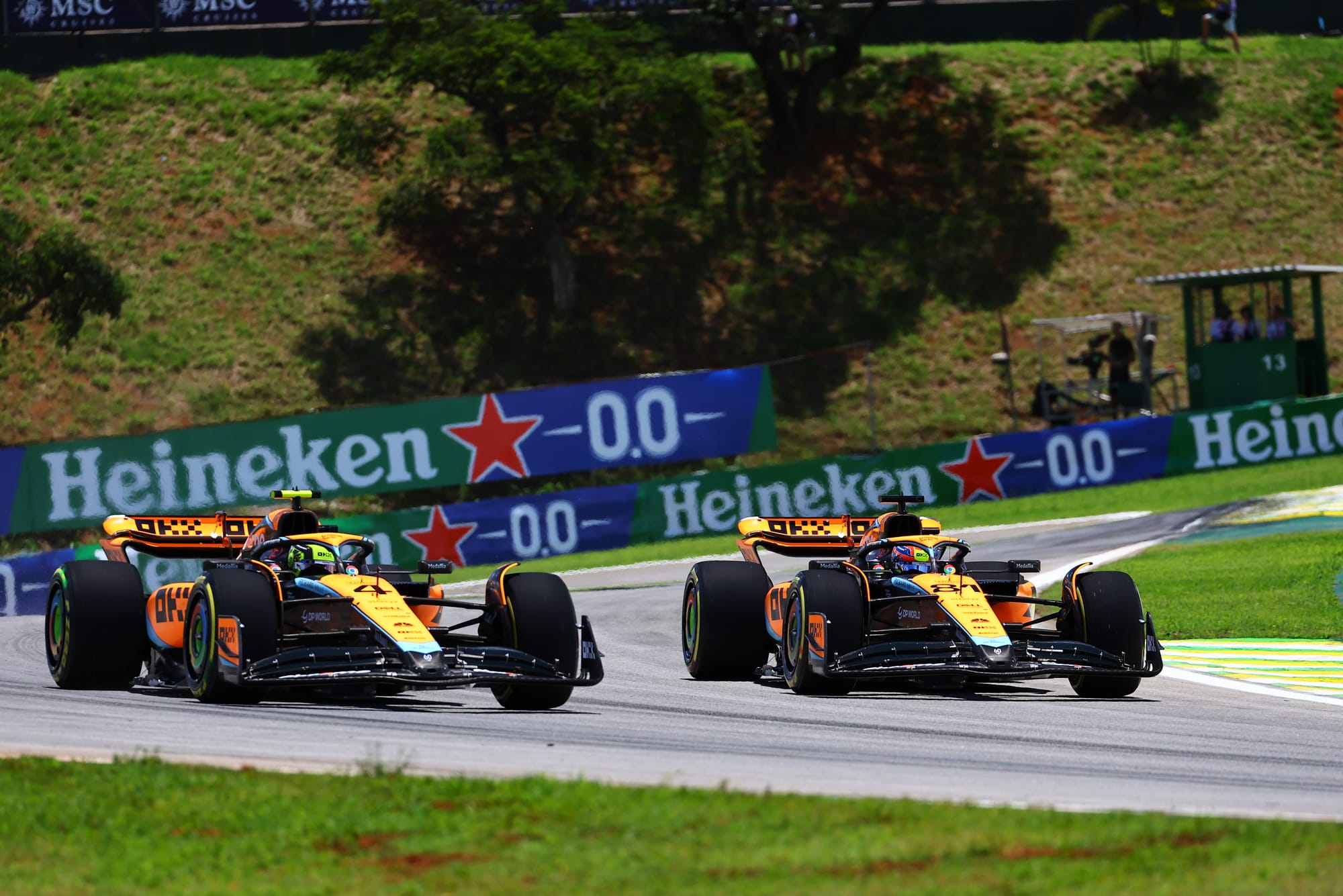
“The cars nowadays from a technical point of view are nowhere near like they were 20 years ago.
“The way you deal with aerodynamics now is another magnitude of complexity. Even the complexity of how you build it, or the approach for the performance and concept required to think about the 2026 car, which is completely different.
“So for a single person in charge, it makes it quite challenging.
“To some extent, you need to be very aware what the balance is between managing, or micro-managing, and stepping back a little bit. When you step back, you need to really understand. So it’s quite challenging given this complexity.”
TACKLING A McLAREN WEAKNESS
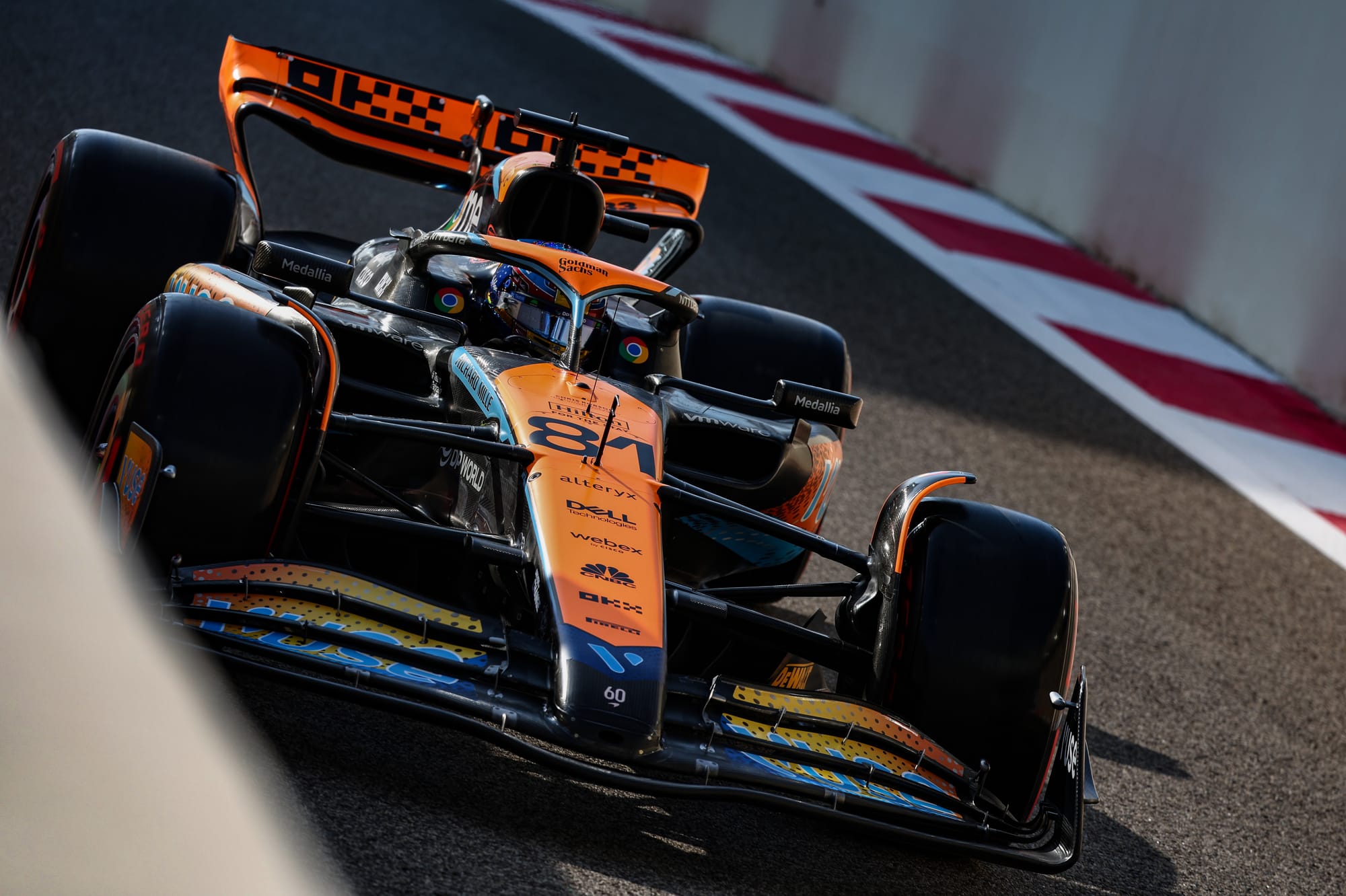
Stella regards the 2022 regulation changes as a major test of McLaren, one that exposed weaknesses in terms of hitting on the right concept for the car and, as a result, the subsequent development rate.
He says the main limitation for McLaren was the basis of the aerodynamic concept and ties that to the fact that too often the technical leadership was ‘diluted’ by its work managing a department rather than contributing fully to the creative process.
“We struggled at McLaren to have a consistent addition of performance,” says Stella.
"We struggled with the generation of the basic concept, we struggled with the steadiness, the consistency [of development] and this is because there was not enough focus on the key areas. We were, what I call, diluted.
“For a clear focus on aerodynamics, put the best, most expert, most senior person in charge. That’s where you want the technical director, because you don’t have to run a department - you run aerodynamics.
"At McLaren, there’s a director of aerodynamics that reports onto the technical director of aerodynamics, but the technical director of aerodynamics has 30 years’ experience watching, so I know in that area there’s enough specialisation, enough focus, enough experience, enough leadership to elevate the standards to world-championship level.
“The same applies in engineering and concept. You need to realise a car from a construction point of view and actually make it. And when you commit to an actual suspension, you need to have somebody at the table that says, ‘I think we can do it’, using the best of their knowledge saying, ‘Let’s approach the work like this, let’s do some laboratory tests, in the laboratory we will learn and then move on’.
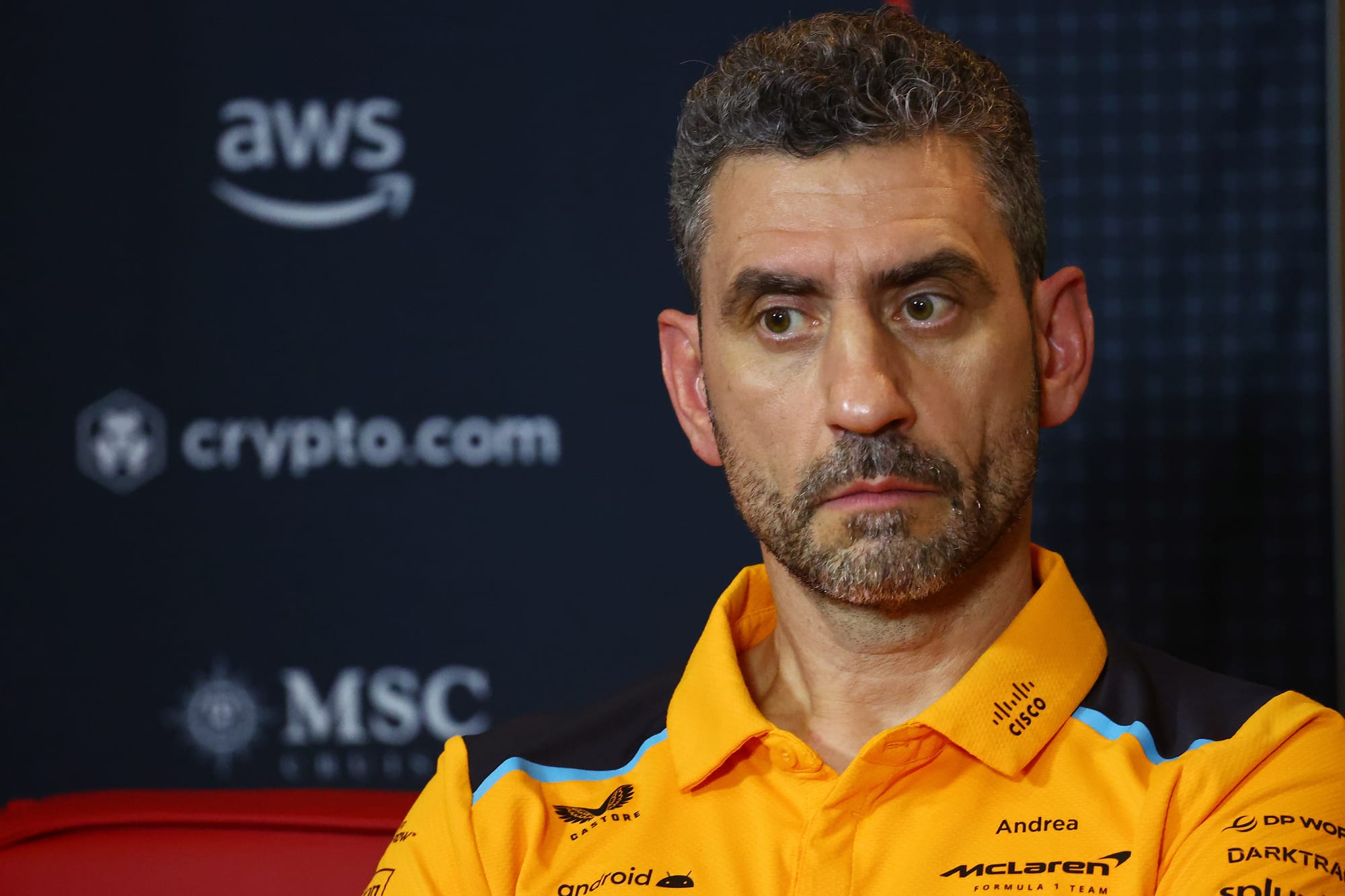
“The vision, the knowledge, having gone through the process several times, is what is needed to help elevate this area and make it world championship [level].
“For performance and concept, let’s think [about the] 2026 a car from a white piece of paper.
“Who is going to put together an aero concept, thinking about what’s required from a wheelbase point of view, layout, integration with the power units suspension, this could be the problem on tyres, therefore this could be the layout of the suspension. How does it interact with aerodynamics?
“So you speak with aerodynamics, but if you don’t know aerodynamics it will be difficult.
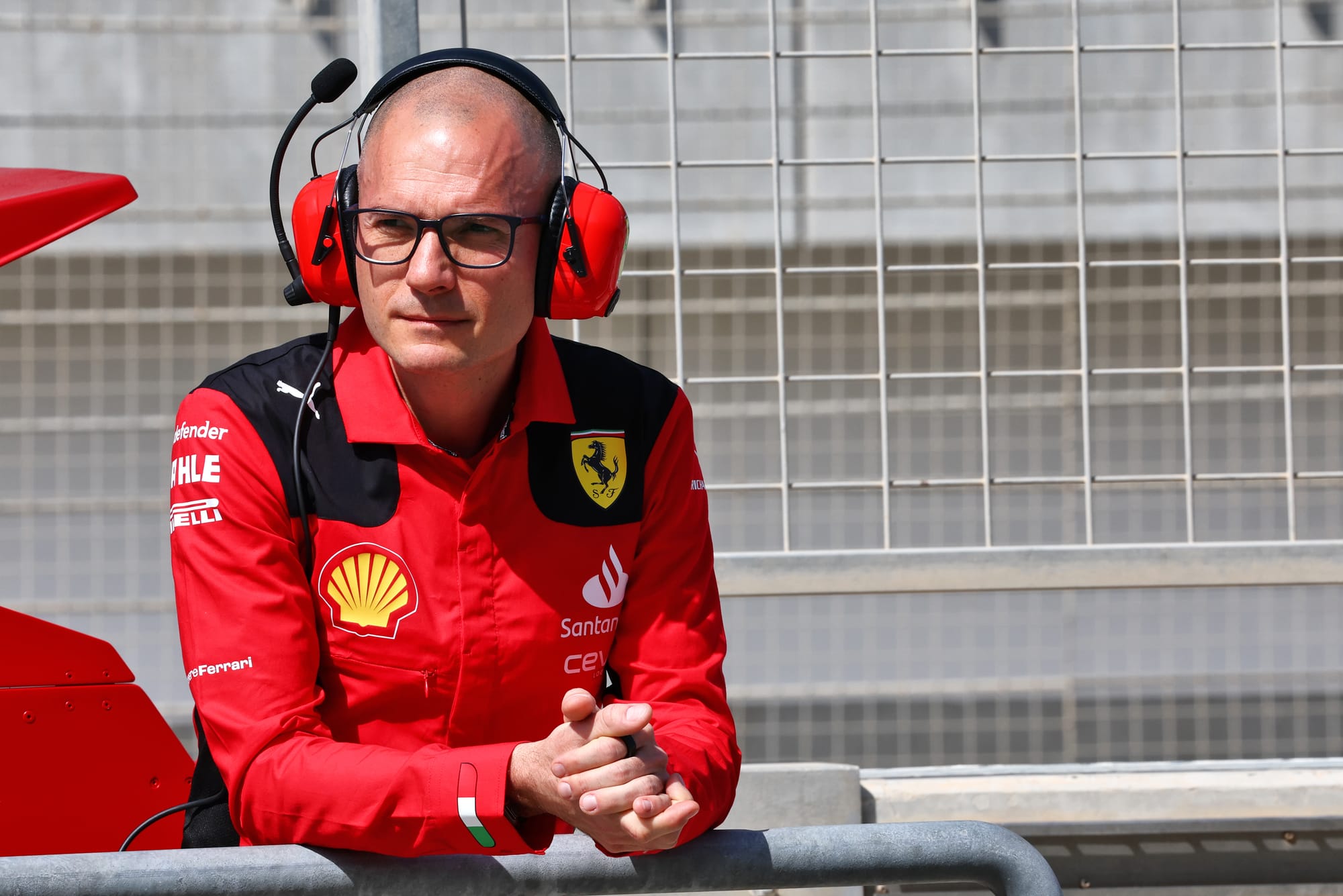
“We have David Sanchez [pictured above], a previous head of aerodynamics, but with a strong holistic vision of the vehicle. When he goes and speaks to Prod [Peter Prodromou], they talk the same language.
“But I know that once David joins and I tell him, ‘David can you start outlining and developing the 2026 car?’, he’s going to elevate the standards to world-championship material.
“So you need to have this functional understanding of the team, but in every one of these areas you need to have the conditions to work with world-championship material, which requires enough specialisation, focus and leadership.
“If you dilute this into having somebody in charge and miss out on spreading his influence in all these areas, there’s a high risk that you have simplicity, but just lower standards.”
STELLA'S ROLE
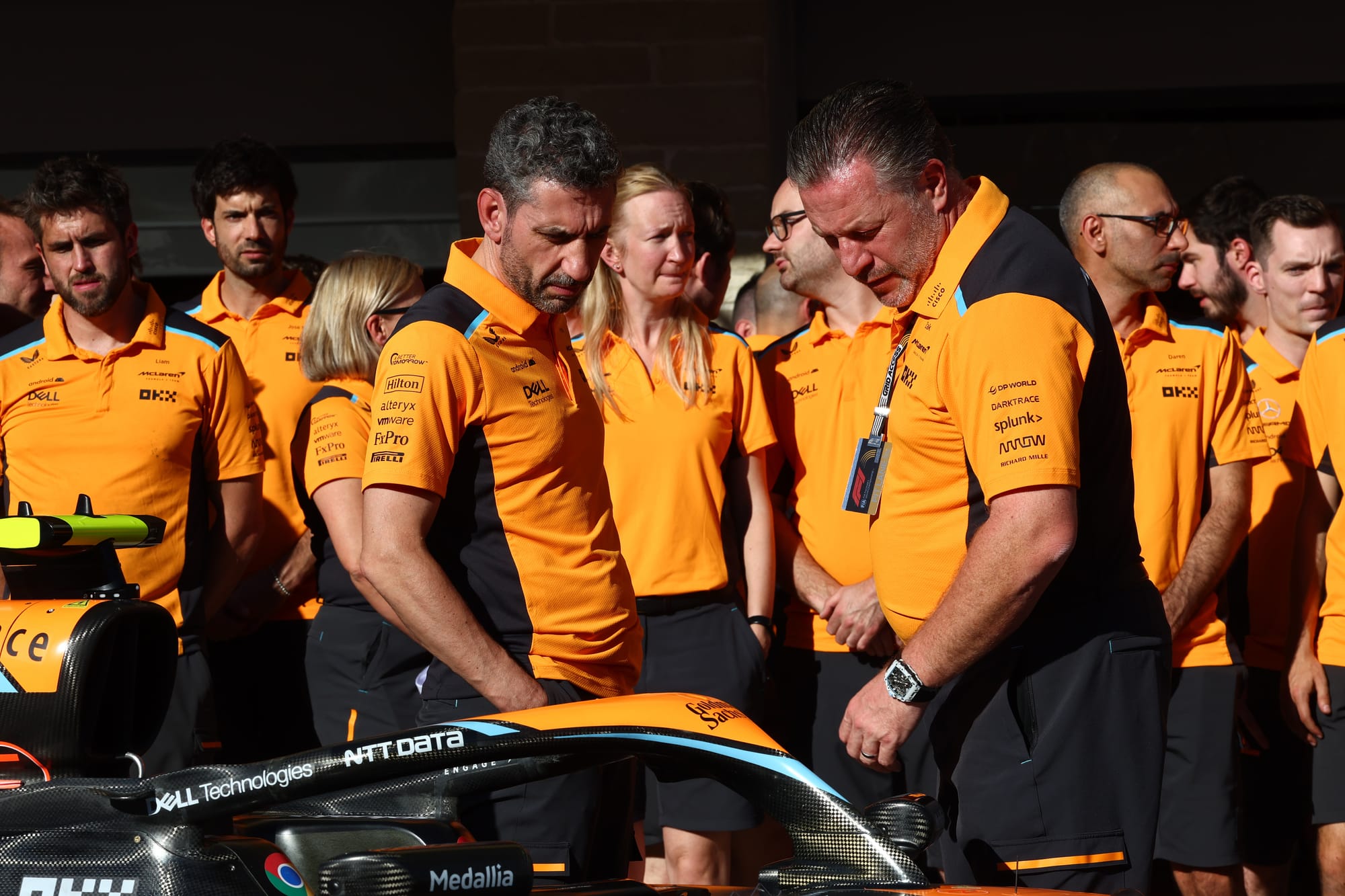
Stella applies that risk of lowering standards to himself.
While he’s team principal, he has a superb engineering CV of his own and deep grasp of how Formula 1 cars work.
However, he sees that as putting him in a good position to help the decision-making process if there are disagreements in direction rather than meaning he can lead the team technically himself.
He argues that the three-pronged technical structure will likely be able to make the majority of decisions, but he is available in a role that he describes as that of a coach.
“Decisions are the simplest part of the entire process,” says Stella. “When you go through a well-educated and informed process, the decision is a natural derivation of the good information you bring to the table.
“Ultimately, should there be a competition between two varying [sets of] information, I am always there. But I am there as a coach, I’m not there leading technical, because as soon as I want to lead the technical I drop the standards.
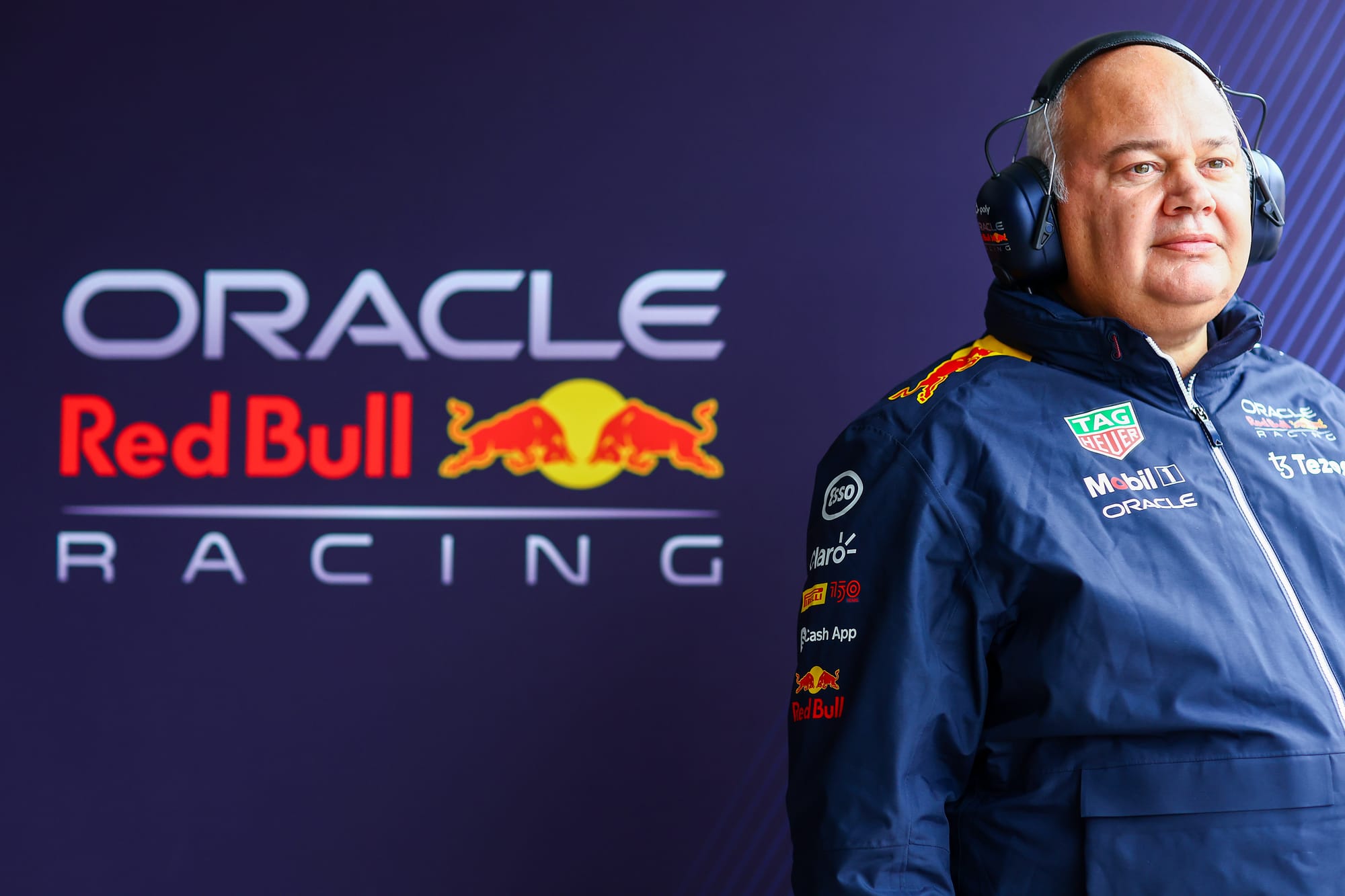
“I don't know as much as Peter Prodromou in aerodynamics, as Rob Marshall [pictured above] in engineering, in design, and as David Sanchez in the layout of the car.
“But I can coach in terms of integration if we have a conflict - this suspension gives a couple of tenths, but there is a risk, this one gives one-and-a-half tenths but it’s much safer…”
A SENSIBLE TRIO
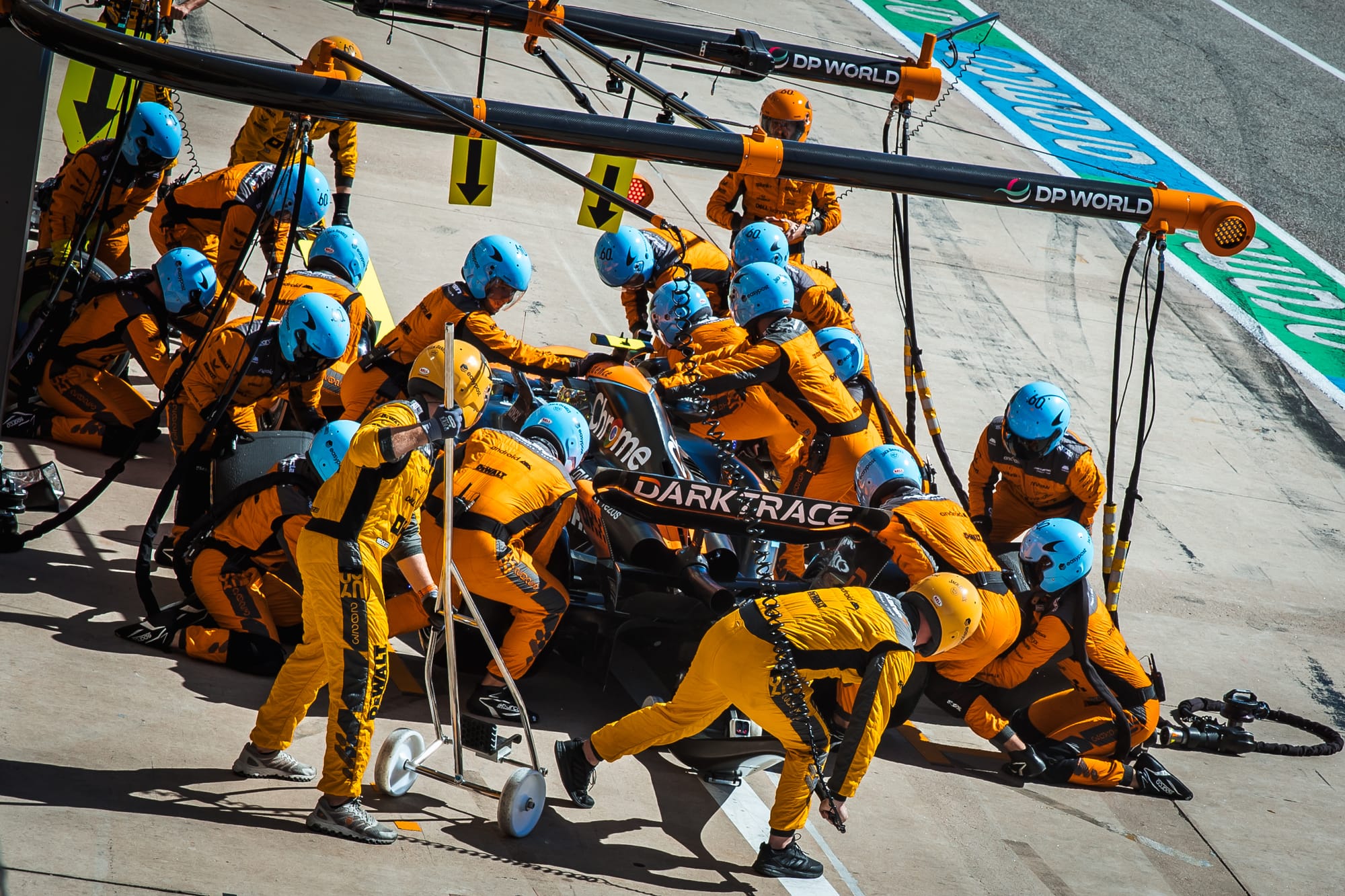
Stella describes the trio as “sensible people” with the right attitude to working together and the decision-making process.
He characterises them as realising that, as he puts it, “you don’t fall in love with your ideas, you just fall in love with the performance of your car and the interests of your team”.
In short, it’s not just about ego.
He believes that this three-pronged approach is the best way to replicate the formula for success of Red Bull with Adrian Newey, who has vast experience of car design and operation across the board technically given his remarkable CV, without actually requiring a unique individual such as Newey sitting atop the technical tree.
Crucially, Stella doesn’t neglect the other side of that coin which is the way Newey works with others in the Red Bull technical organisation.
He’s no autocratic technical director, instead feeding creative ideas into the equation for others to work with.
“Obviously, Red Bull have Adrian Newey, which is a special case of somebody who is so prepared, that can influence all these areas in a competent way, without dropping the standards,” says Stella.
“But when you hear about the way he works he is about letting people flourish, letting ideas flourish.
“So you have to make sure that when you have a single person in charge this is not a ceiling. It’s a little bit like the philosophy we have adopted at McLaren to create the foundation of the future.”
The explanation is a logical one given all rose to the top of their professions primarily because of their own brilliance and aptitude, so it would be a mistake to water that down by saddling any one of them with sole ‘TD’ oversight. And the trio have the attributes to combine to set the direction while having the necessary creative influence on the output of their areas of specialisation.
But it’s only once all three appointments are in place and collaborating that the reality will start to play out.
Stella expects them all to work together well, and likely they will, but it’s only once thrown together that it will be tested.
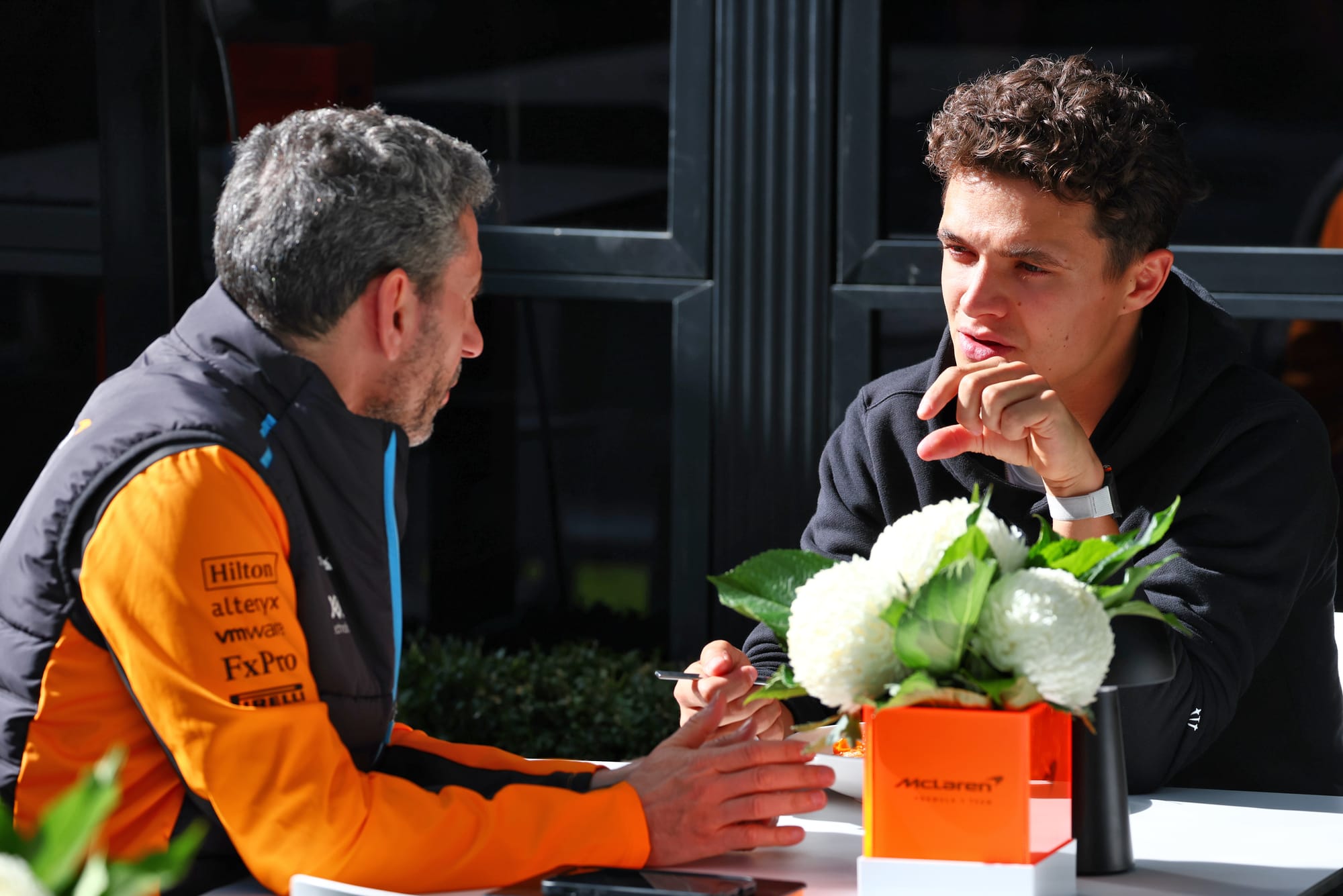
Marshall and Prodromou have worked together before, albeit not since McLaren poached the latter from Red Bull in a deal agreed in 2013, while Sanchez has not collaborated with either before now - although he did have a stint with McLaren from 2007-12.
The word Stella uses to describe their influence is to “elevate”. That applies to the team and the people within it, and therefore the performance on track.
Add to that the other changes at McLaren - the new windtunnel, the new simulator, improvements in production turnaround, the prodigious on-track progress made in 2023, and modifications in the way the aerodynamic testing is approached and judged in terms of the data acquired and how that is expected to translate on track - and it’s very positive.
STELLA'S LIFETIME OF LEARNING
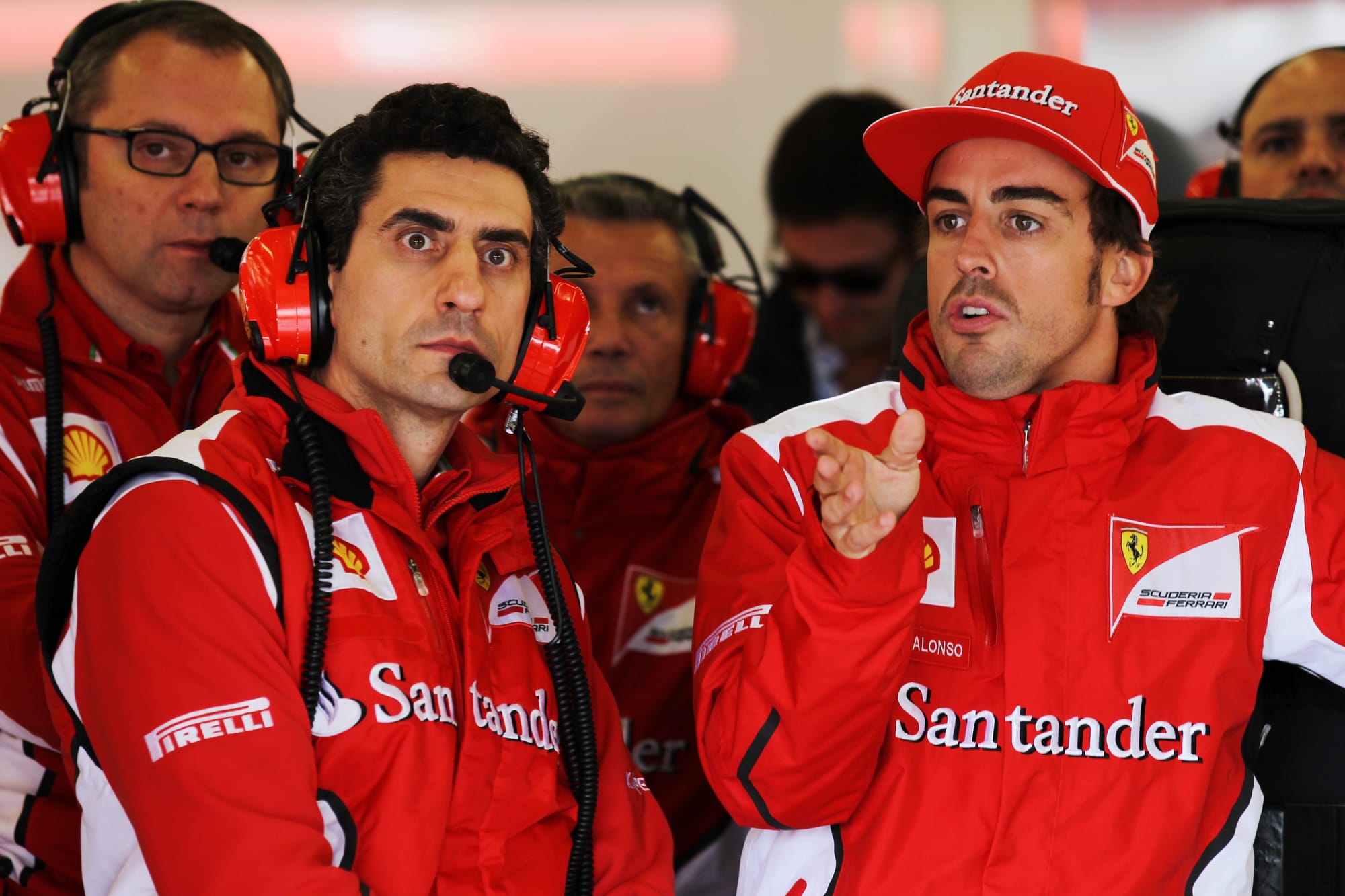
Whether it all works, only time will tell. But Stella is convincing, not just to those of us on the outside but also to those within the organisation.
Stella has been there and done that and through his experience has built a clear idea of how the business of running an F1 team should work.
When appointed as team principal in a move announced in late 2022, it appeared he was the ‘continuity candidate’, and in some ways he has been, but what was eye-catching was the swift move to shake up the technical structure to raise its potential.
That’s hugely impressive and reflects an individual who has been preparing for the opportunity to implement this vision seemingly for his whole career, first with Ferrari then McLaren.
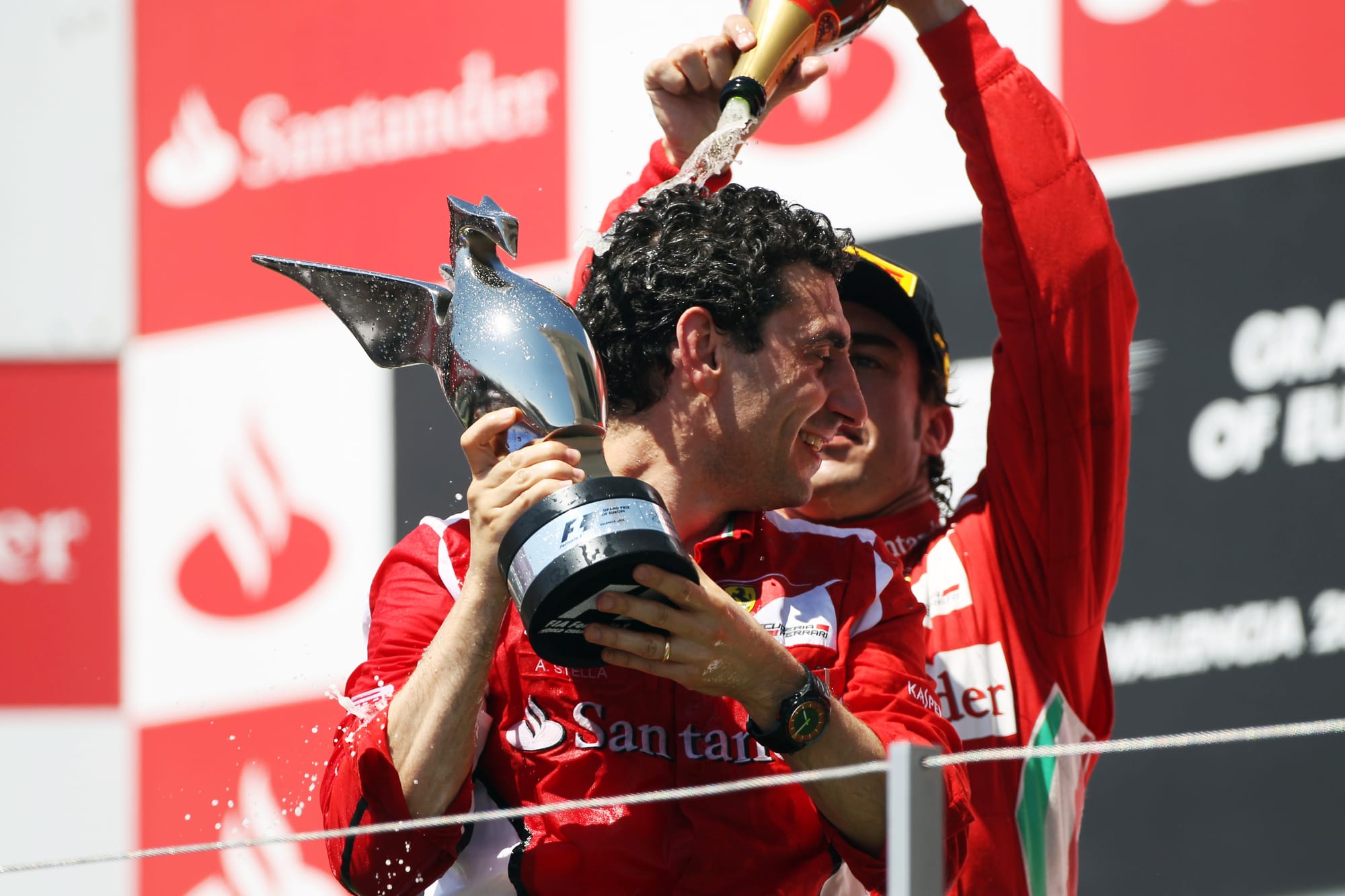
“You are right in that I’ve always been interested in understanding what makes organisations successful,” says Stella when The Race puts this to him.
“Likewise, what makes individuals successful? Why was Michael Schumacher so successful and why was Michael successful in a team that he joined when the car was nowhere near the best car?
"He created the conditions for that team to produce the best car and then sustained this.
"Why could he do that, what attributes as an individual and why Ferrari at the time created these conditions to dominate? Why could they go through such a difficult period where they lost the championship three times at the last race, and they sustained it?
"At the same time, Fernando [Alonso] is 41 and still here and he’s one of the most competitive. There’s reasons for all this.
“I’ve always been interested and fascinated in elaborating in simple terms the reasons for that. Because once you elaborate in simple terms, you think: Is this relevant for me, or is this relevant for the period I’m in?
"Even myself in the same team at Ferrari, I’ve gone through a period where we were dominant to a period where we couldn’t change the trend. In 2010 we were competitive, but then we lost competitiveness in the following years. Why was it?
“So those are things that interest me. I never thought about the culmination, or that I’d use it, because speaking personally, I’m very much in the present. My only interest is what I’m doing now, just do a good job.
"Develop your competence as high as possible, focus simply on becoming a better engineer, a better whatever in what you are doing day after day. It’s not like thinking what’s my next job or how can I use this in the future.
“That was purely interest I thought that could be relevant for me to just be a little better every day. And when you have the luck to work with such a strong benchmark in people or organisations then there’s a lot to elaborate on, to see the reasons for that.”
Leading McLaren is the unexpected culmination of that experience, and based on the progress made through 2023 he’s put what has been learned to good use. But it’s only now that everything is coming together that Stella’s vision will be tested.
The early signs are enormously promising, but whether McLaren can finally re-emerge as a regular winner after more than a decade largely spent in the wilderness will be the ultimate measure.


